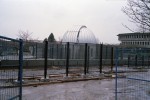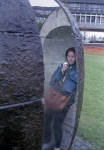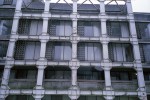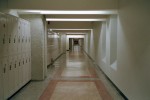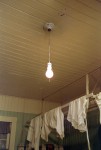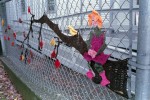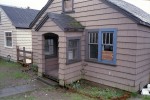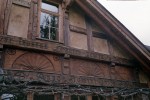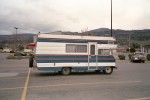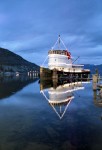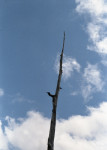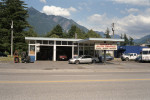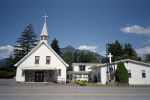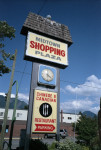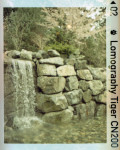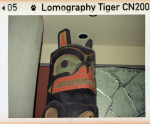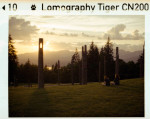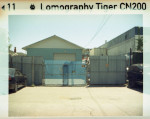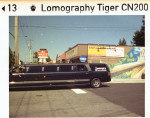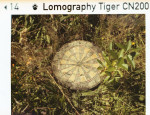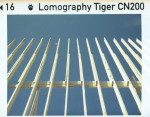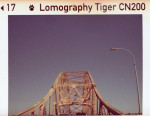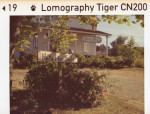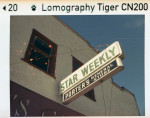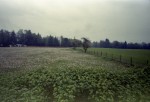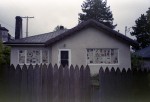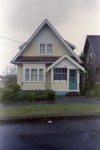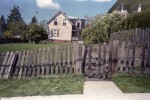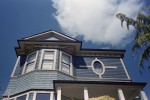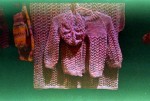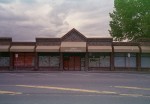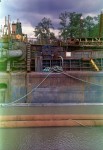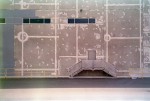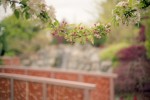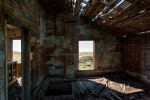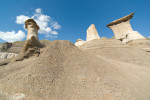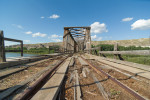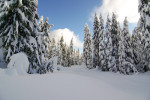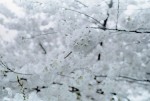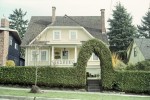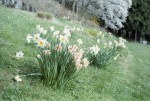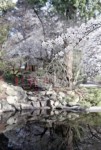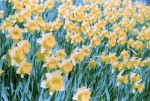Sep
16
2015
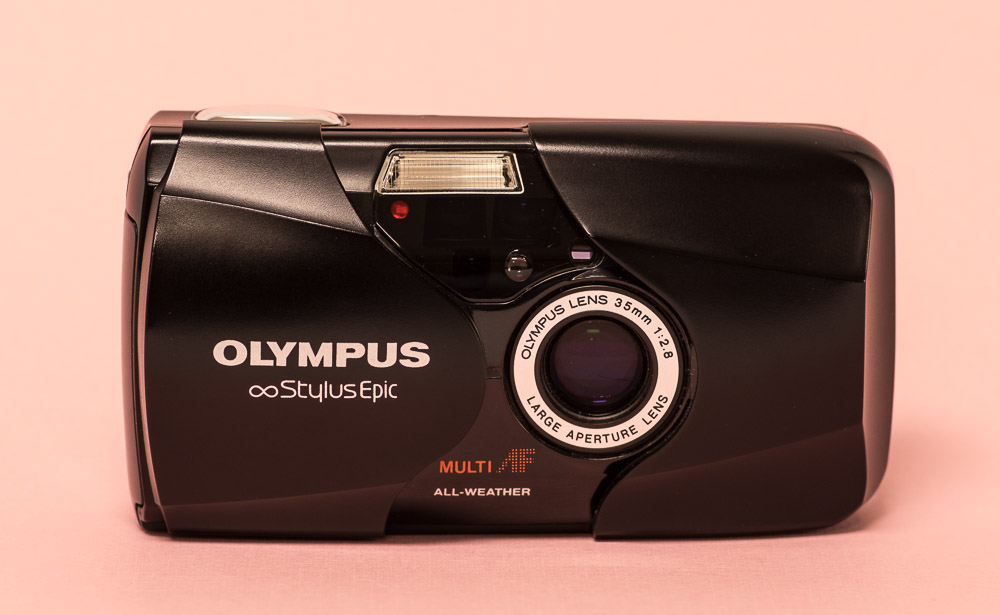
Stylus Epic Posts: December 2014 , January 2014, May 2013 1, May 2013 2 , March 2013, September 2012, June 2012 , March 2011
I think you get the idea the Olympus Stylus Epic is a great little camera worth returning to time and again.
no comments | posted in Cameras, Photography
Sep
12
2015
I wanted to take some reference photographs with the intent of possibly doing a painting of the aftermath of a forest fire. With an unprecedented dry summer there have been numerous fires in British Columbia and one that was quite close to the Lower Mainland was the Wood Lake fire near Harrison. The fire consumed an estimated 1300 hectares and is suspected to have been human caused – as per BC wildfire . I accessed the location on my dirt bike via the Sts’ailes (Harrison West) Forest service road after about a 20km ride from where I had parked at Grace Lake. While many trees were obviously burned it seemed like half of what was consumed were the areas that had previously been clear-cut.
With all the undergrowth burned away you can see just how much detritus we throw out along the roadways. Even in what is a remote area beside the road is a litany of burned cans, bottles and random items. Additionally nature starts all over again very quickly as the first plants to reemerge are bright green ferns that stand out against the ashes.
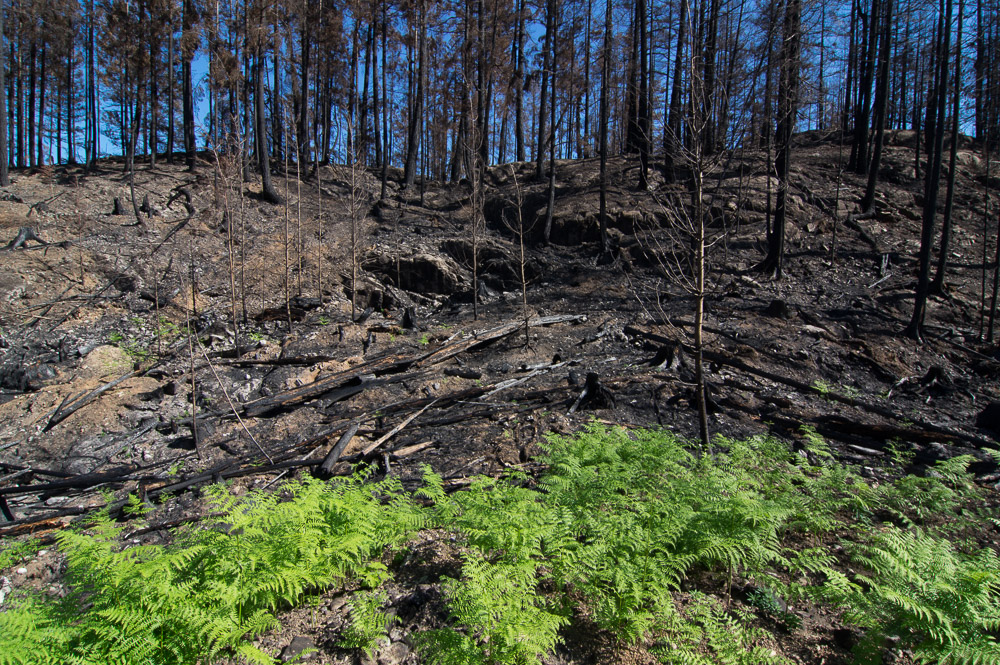
I was stopped from going further for a time as they were falling trees that could potentially fall onto the roadway
Continue reading
2 comments | posted in Cameras, Photography
Sep
10
2015

After all the good results from my Fuji DL mini I had high hopes for this new acquisition the Fuji DL Super Mini Zoom. Unfortunately the lens is not up to the same standard. While both provide 28mm the Mini Zoom adds an additional 2X zooming to 56mm. In doing that it gives up the f3.5 aperture for f4.5 and also significantly some image quality despite its 7 elements in 6 groups with one aspherical element. What it does retain though is the manual focus and exposure compensation from the DL mini all nice features not found on many other point and shoots. You can see on my camera the previous owner had mounted a textured strip to aid in opening the clam shell as well as not seen in the picture a foam bumper presumably to keep their glasses from getting scratched at the viewfinder. I’ve elected to leave them on the camera.
Perhaps I am being a little harsh on the camera, from the entire roll there are only a few images that are particularly soft and they are of distant landscapes where the camera almost seems to have focused on the foreground. That might be solvable by selecting infinity focus in those cases.
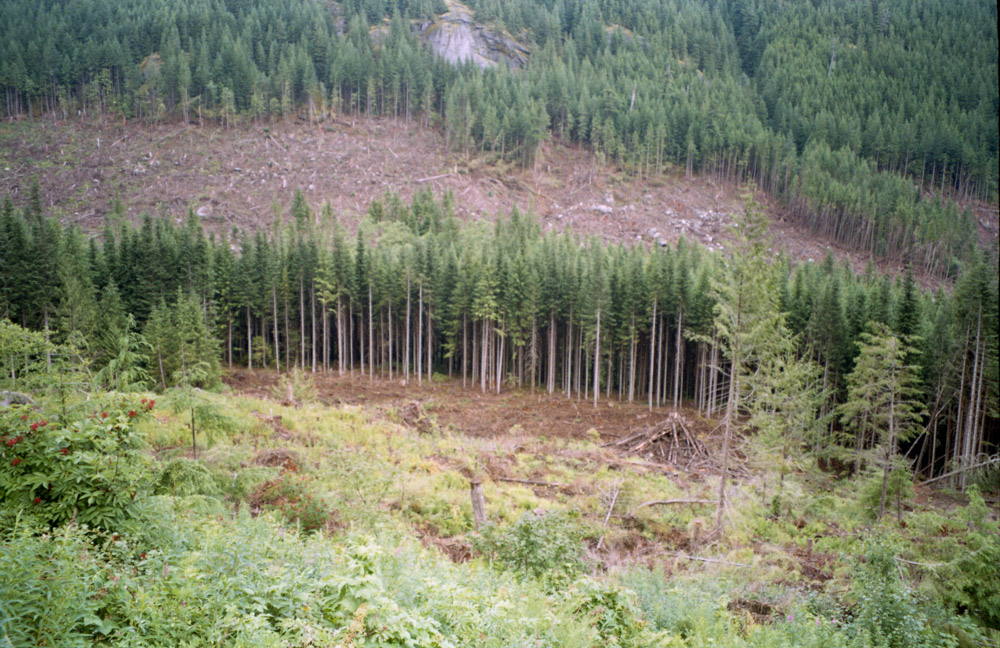
Most of the other images are much better although not as good as I would have expected from the Dl Mini’s 28mm lens but then this is a zoom. On a final note the camera is extremely well built and the clam shell design is a nice elegant touch.
2 comments | posted in Cameras, Photography
Sep
7
2015
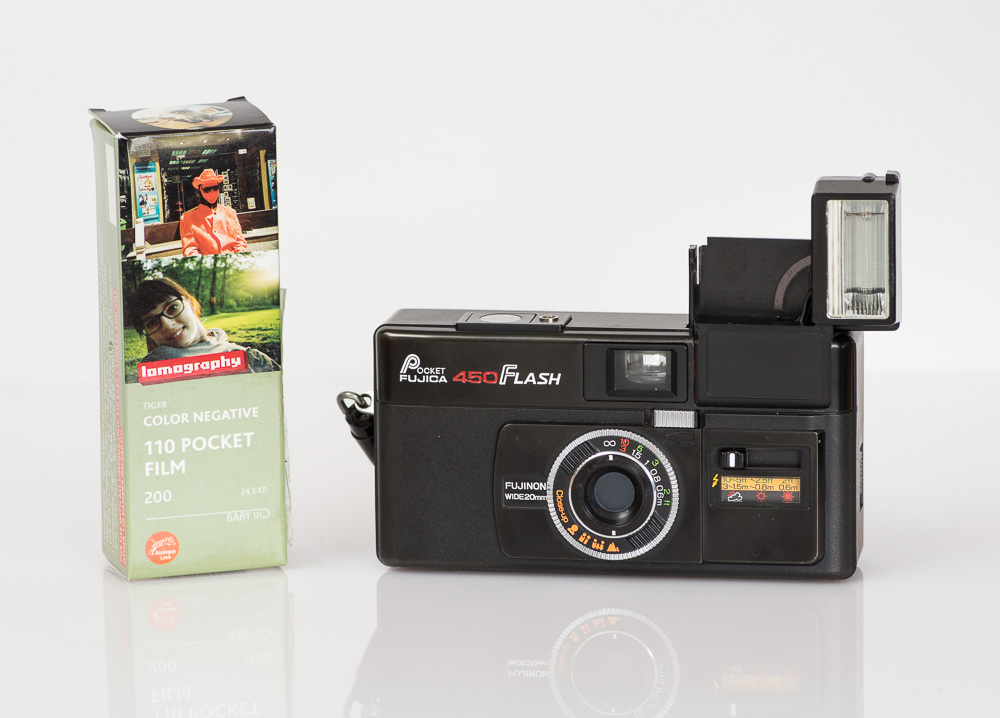
The Fujica Pocket 450 Flash is a cute little camera that uses cute little film to take its cute little pictures. Amazingly though it has space for a flash that flips out and two AA batteries to power it. The 20mm lens (Approximately equivalent to 40mm on 35mm film) sits behind a flat piece of glass that protects the shutter which interestingly is also in front of the lens. The camera has a single shutter speed of 1/160 sec but does have three aperture settings each of which are perfectly round. The focus is set at the front of the camera using a nearly flush ring so is easiest to change by placing a thumb on either side and rotating. The camera is very nicely built not at all like most cheap 110 cameras from the time. It even has a cable release right beside the noteworthy flush shutter button. The viewfinder is quite large and uncluttered with anything but frame lines. With my initial go around I missed focus or forgot to on several shots and did not take full advantage of the different apertures. Wide open (Cloudy setting) the lens is f4.0 and with its fixed speed and 200 ASA film that equates to about 10EV or just right for a cloudy dark overcast day or sunset. Any darker and its going to be under exposed or require using the flash. In summing it up though you can’t ignore the fact that it’s a tiny little film area and if your going to use one of these minute cameras you should embrace that aspect of them.
I developed the film on a modified reel using a variation of the excellent directions provided here Fully Functional 110 Developing Reel Lomography

no comments | posted in Cameras, Photography
Sep
4
2015

The Konica Revio Z2 has a built in mirror to help with composing a self portrait while holding the camera. No sorry millennials you didn’t invent it much like everything else. Flipping screens and front facing cameras on cell phones aren’t where this all started. I don’t know when the first person tried mounting a mirror on their camera but it probably wasn’t long after photography was invented. I have a Minolta disk camera with a built in front mirror that dates from 1983 but I’m sure some investigation could turn up earlier examples
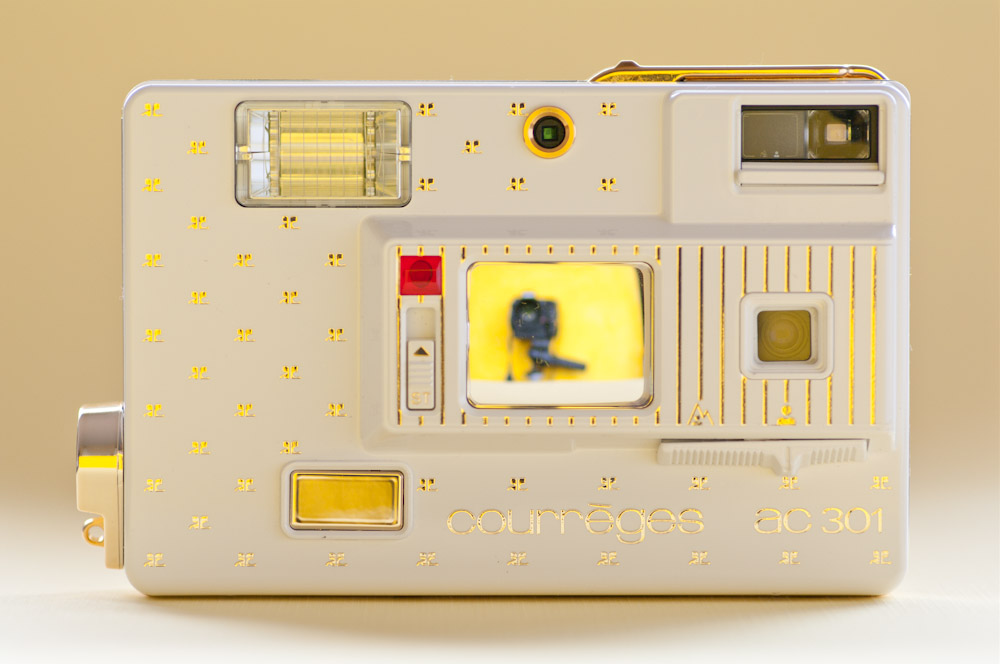
Even when the mirror isn’t on the camera for composing, people have been shooting their reflected image for a very long time.
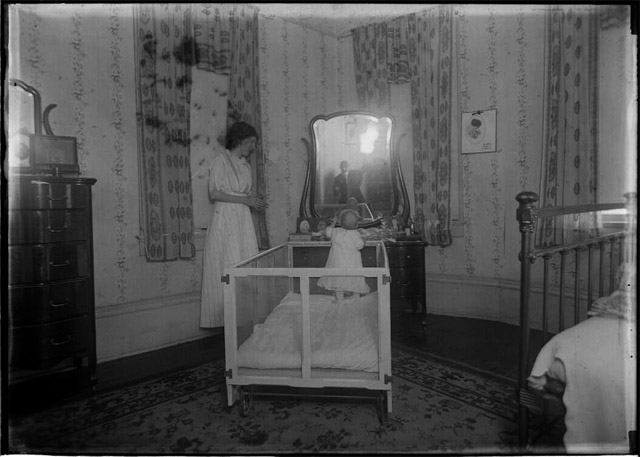
The Robert Runyon Photograph Collection, [Mother and child in front of mirror], courtesy of The Center for American History, The University of Texas at Austin
Of course you can use a self timer or a remote release with a camera mounted on a tripod but those images would mostly fall under the self portrait end of the spectrum a selfie is something a little more while being a little less.
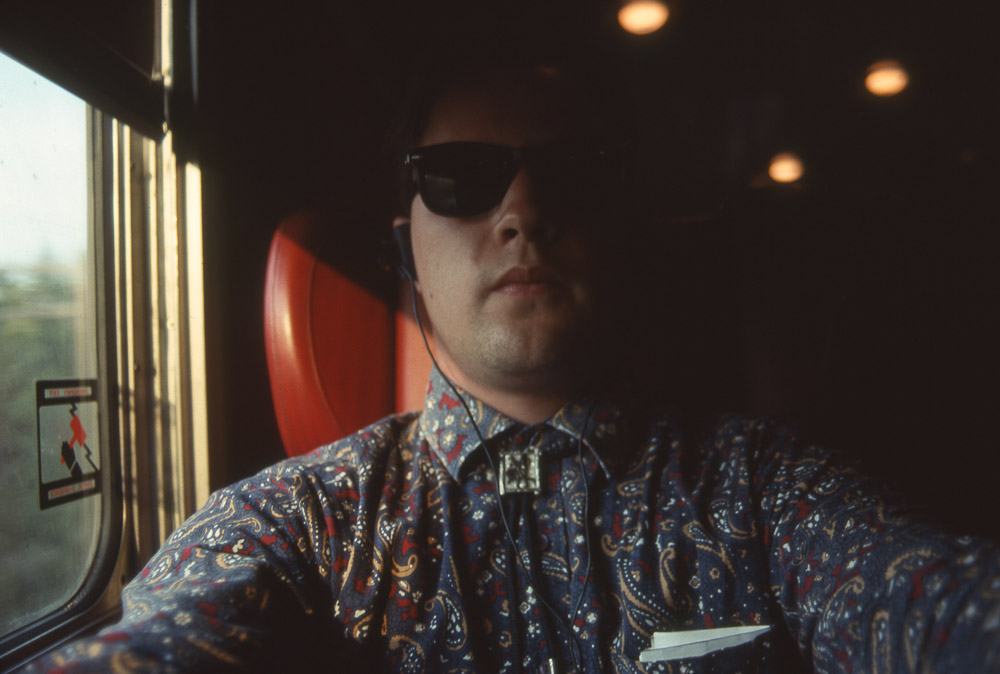
I took this ‘Selfie’ more than 25 years ago on Kodachrome 64 (gone) while taking the VIA train across Canada (gone, the route not the Country)
So before there were selfies there was self portraits…what’s the difference anyway? Here is a handy little chart to help discern if you are taking a self-portrait or a selfie.
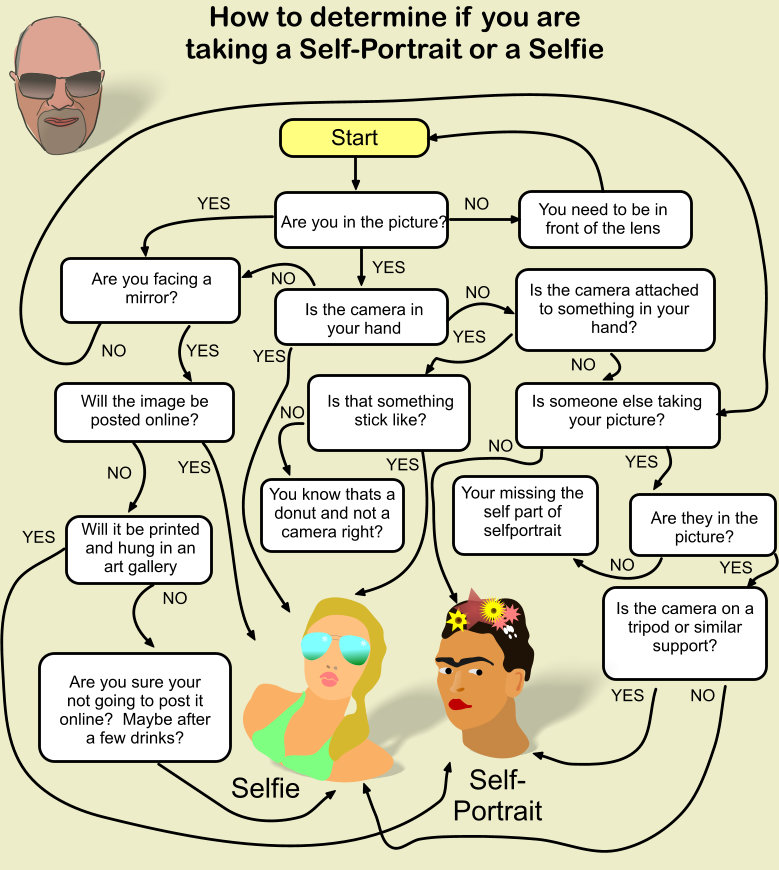
And here is my selfie using the Konica Z2 with terrible APS film of course (Note the bonus mirror reflection in the elevator)
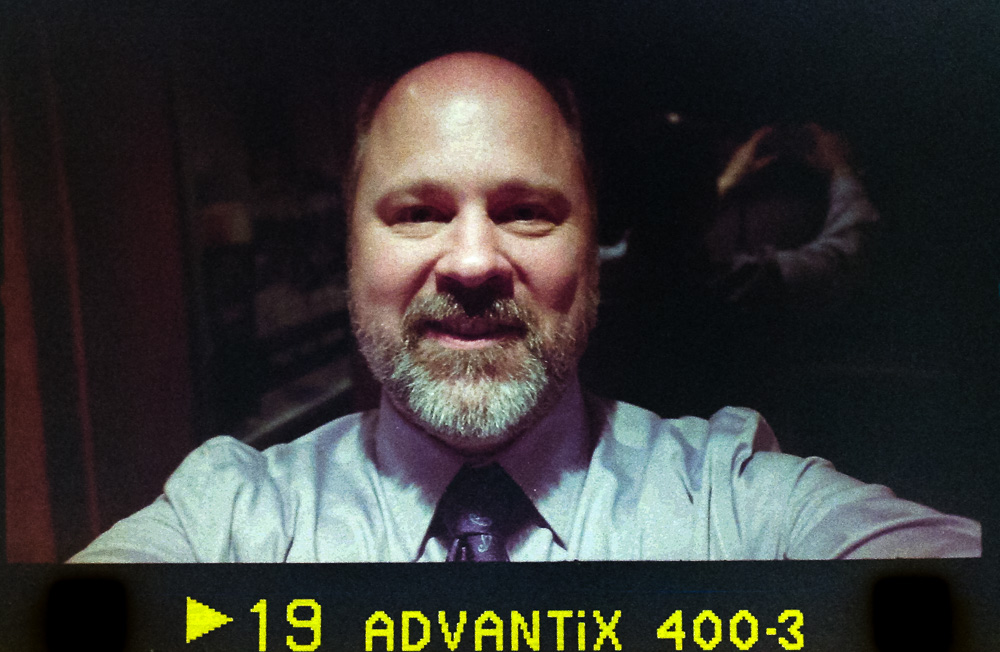
And once again proving that I am on the right track destroying all the APS film in the world one frame at a time, images for your disapproval.
1 comment | posted in Cameras, Photography
Aug
31
2015
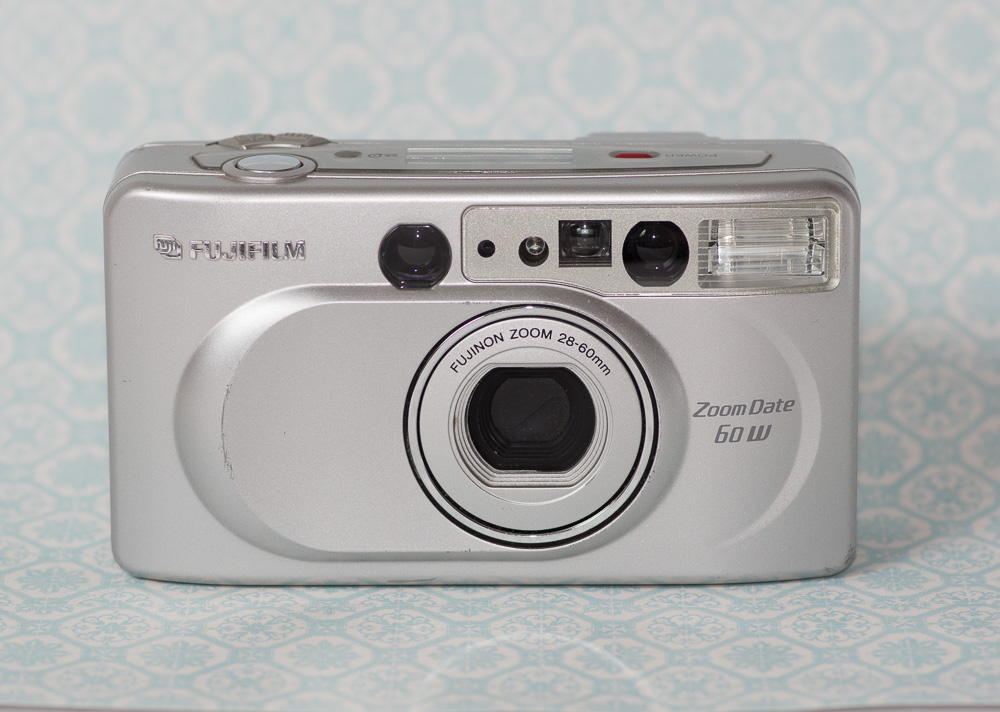
It would seem the only way to get a focused sharp image from the Fuji Zoom Date 60W is to use it in blindingly bright sunlight so that it if forced to choose a smaller aperture. Too bad because 28-60 is a nice focal range in a point in shoot (I am on a quest to locate every 28mm or wider film point and shoot camera ever made) Under the ideal conditions the results are pretty good but under marginal conditions the results are awful. Some of the cameras limiting factors are that it has a slow lens of f5.0-f10 and a maximum shutter speed of 1/125 second. Now that is a ‘slow’ top speed! at least that means it is more likely to stop down the lens than increase the shutter speed. Good thing it only weighs 200grams. It’s other plusses are: you can change flash settings set macro and infinity focus. Another thing of note is that it came out in 2004 which makes it one of the last new film cameras released.

And just look at that awesome film date imprint now I will never forget when I took this picture.
An interesting little adjunct to this is that while looking through the images for this blog post my wife exclaimed ‘My grandma lived in that house!’ and a quick browse through an album yielded a picture she had taken of it about twenty five years ago. 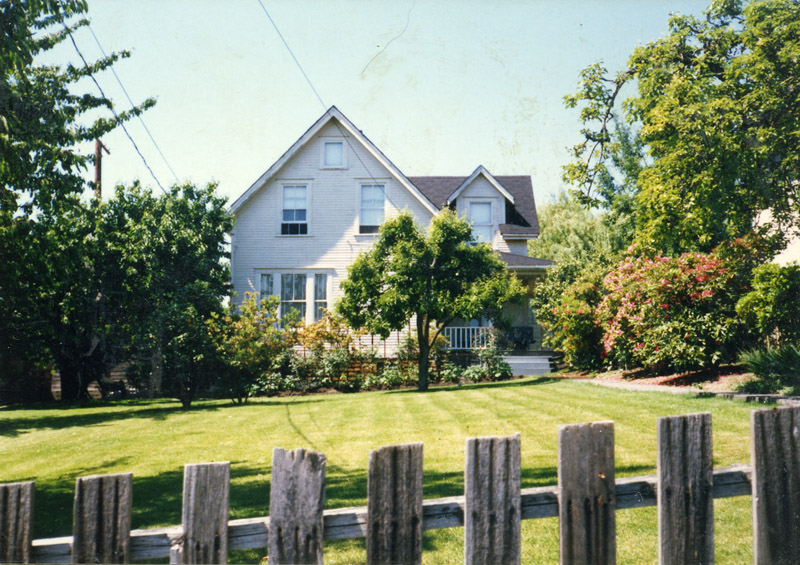
With notes saying they lived there for 1 year in 1939. And here it is now.
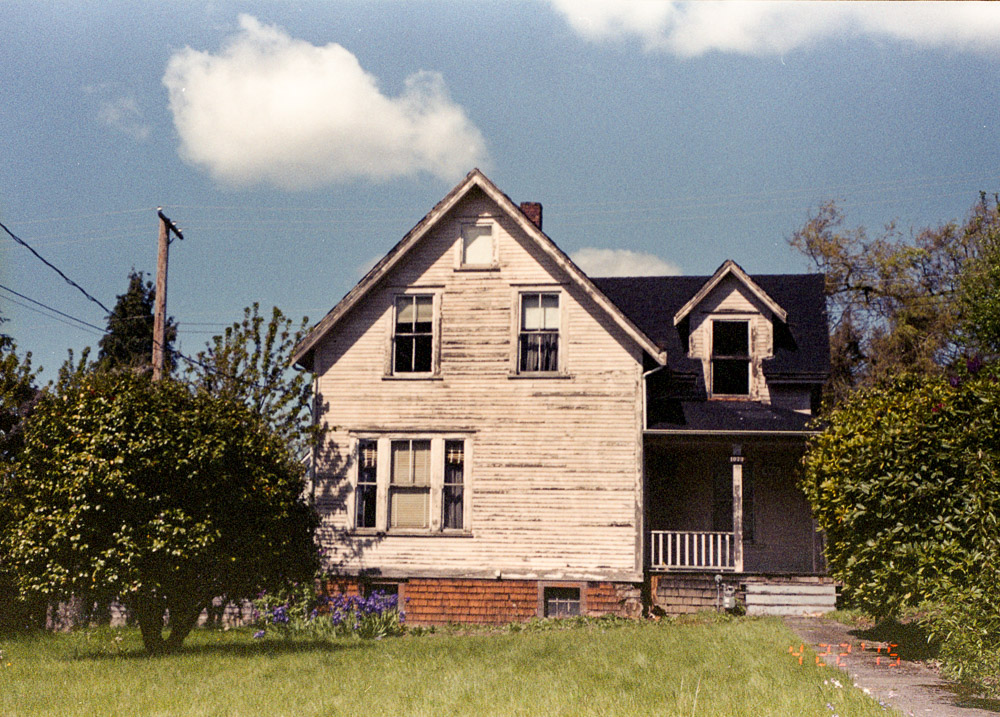
no comments | posted in Cameras, Photography
Aug
28
2015

One of the cutest little rangefinder camera out there the Olympus RC also stands out for its easy manual operation. The Shutter speed can be easily selected with the dedicated top dial and the aperture set around the lens barrel or if you prefer it can be used as a shutter priority mode by selecting A (Automatic) on the aperture ring. Ignoring the fact that I have recently acquired a quantity of terrible film that I am burning my way through the Olympus RC’s 5 element lens is very good. I will be trying it again with better film very shortly. The fact that is camera is smaller than many point and shoots that came later and yet has full manual control with settings indicated in the viewfinder make this a terrific little camera.
4 comments | posted in Cameras, Photography, Processing
Aug
25
2015
 This is one of those film delay posts. I shot this roll of film back in April of 2015 and am writing this in August. I have written about the Yashica GX numerous times so will refrain from repeating myself but more posts can be seen by searching my blog Yashica GX
This is one of those film delay posts. I shot this roll of film back in April of 2015 and am writing this in August. I have written about the Yashica GX numerous times so will refrain from repeating myself but more posts can be seen by searching my blog Yashica GX
no comments | posted in Cameras, Photography
Aug
17
2015
Photography can be about a lot of things and when it comes to carrying gear it can be about compromises. How much space do I have for lenses and how much weight am I willing to carry? When it comes to the wide angle end of things you can’t really beat having a really nice lens that captures an expansive view. Often though for reasons of weight it can be easier to just carry a lighter kit lens that maybe goes down to 18mm on APS-c or maybe a better lens that goes to 16mm but if your willing to carry the extra weight of an additional lens there is something special about going all the way to 12mm on APS-c. This would be equivalent to 18mm on a ‘full frame’ camera. The horizontal angle of view of a 12mm lens on APS-c equates to 88.5 degrees while an 18mm lens is 66 degrees this is a signifigant difference illustrated bellow. (Note I am referring to horizontal angle not diagonal, human vision with two eyes is nearly 180 degrees horizontally but a good portion of that is peripheral)

Done well a wide angle image helps to make the viewer feel more like they are right there looking at the scene for themselves. You can back up of course to take in more of the scene but that isn’t always an option as in the illustration image taken from a logging road bridge deck. Another option is to stitch together several images but that can have issues and isn’t suited to anything with motion. So sometimes there really is no substitute for a good wide-angle lens. Personally as I shoot with a Pentax APS-c DSLR I use the smc PENTAX-DA 12-24mmF4ED AL[IF] but there are different options for it and other camera systems. Additionally these images are combed from 4 different cameras (Pentax K10D,K7,K-01,K3) proving my assertion that spending money on a lens is a better long term investment than on a camera.

Here are sample images with this lens all taken at the widest setting of 12mm
2 comments | tags: lens, Pentax | posted in Cameras, Photography
Aug
15
2015

I was amazed to see that the last time I use the Minolta V2 was back in 2012 Minolta V2 Part 1 the surprise primarily comes from the fact that this is a fantastic camera and is one of my favourite camera designs of all time. It’s also a very good camera and has the amazingly fast 1/2000 of a second shutter speed as well as a fantastic 45mm f2.0 lens of 6 elements. Here is a larger sample scan of a fairly grainy Agfa 200 film shot.
1 comment | posted in Cameras, Photography

